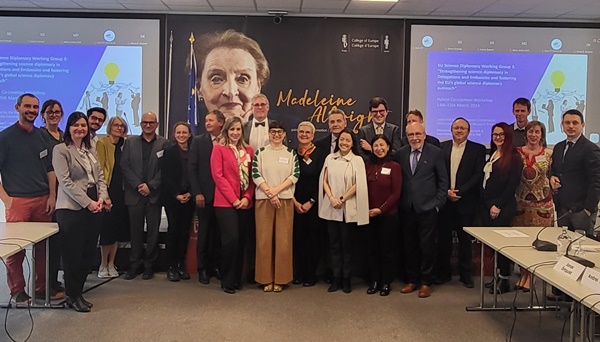A study with the participation of Constantí Stefanescu, researcher at CREAF and the Granollers Natural Science Museum, has revealed that the migratory painted lady butterfly makes a trip which is even more difficult than previously thought. While it was already known that the butterfly travels from Europe to Morocco, chemical analyses have shown that it can even go as far as the Sahel, in the process crossing the enormous Sahara Desert.

Spreading its wings, it begins a long journey, sometimes upwards of 4,000 km. It crosses mountains, seas, and even the famous Sahara Desert: it is Vanessa cardui, the painted lady butterfly. An article published on October 5th in the journal Biology Letters has demonstrated that these lepidopterans (a term referring to the taxonomical order that includes moths and butterflies) are capable of making a very difficult migration. While one part of the population flies from Europe to Morocco, another can go as far as the Sahara in search of warmer temperatures in order to reproduce. This discovery was made thanks to the participation of researchers from the University of Western Ontario in Canada who analyzed isotopes (chemical elements of particular characteristics) in butterflies from Europe, Morocco, and a number of subtropical African countries.
Painted lady butterflies from Europe and the Sahara are found in Morocco
Until now it was thought that the butterfly Vanessa cardui made a journey from Europe to Morocco in order to find optimal conditions to reproduce and then die. If this distance was not already impressive enough, the new study has now shown another surprising aspect of this amazing migration.
In autumn, when temperatures in Europe begin to decline, Vanessa cardui flies to the Maghreb region where it will leave its descendants in an environment which assures their survival. However, some populations of the butterfly decide to continue the adventure and cross the Sahara Desert to the Sahel. There, they reproduce during the rainy season, but once the caterpillars have transformed into adults the dry season arrives, and this is a very difficult period for survival. Therefore, they must fly northwards to Morocco where temperatures are more stable and humidity is greater. Once they have arrived, they join the young of the other butterflies that had stayed in Morocco, and it is at this moment that ecologists are able to find massive concentrations of this butterfly.

Isotopes allow the study of the voyages of butterflies
Stable isotopes are special varieties of a given chemical element, in which the nucleus has a different number of neutrons than normal. Many specialists use stable isotopes for studying migratory movements of animals, such as was the case in this study with Vanessa cardui.
In this international study which had the participation of CREAF researchers, isotopes of hydrogen called deuterium were introduced into the caterpillars of the painted lady butterfly. Once the caterpillar had transformed into a butterfly and made its voyage, it was marked by this special chemical element and the researchers were able to follow its route. This way, they were able to know the origin of specific individuals and for the first time they were able to demonstrate that not all of them came from Europe.
ARTICLE
Stefanescu C., et al. (2016). Long-distance autumn migration across the Sahara by painted lady butterflies: exploiting resource pulses in the tropical savannah. Biology Letters. DOI: 10.1098/rsbl.2016.0561







